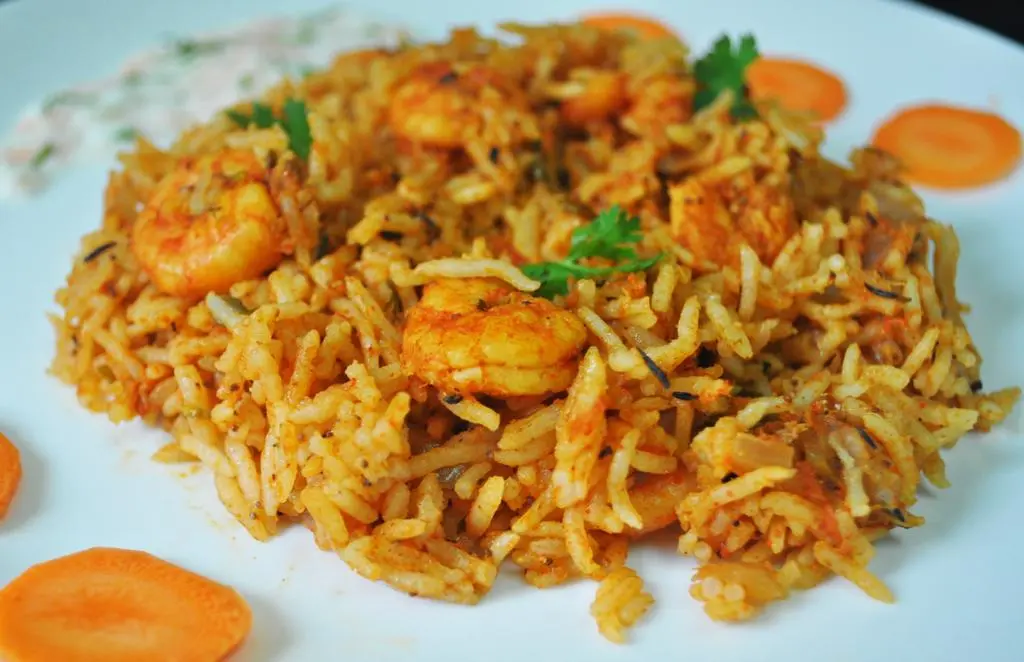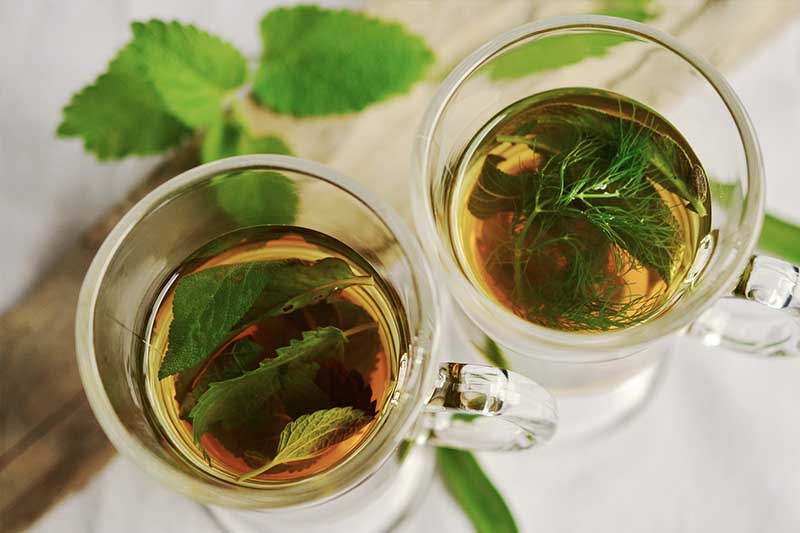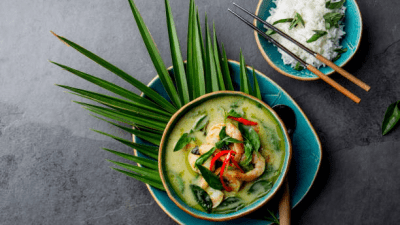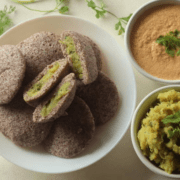Introduction:
The first thing that comes to mind when you think about biryani is how can something so simple be SO GOOD. It’s like a mix of rice, meat, and veggies all cooked together in one big pot of deliciousness. Plus, all those spices and condiments give it tons of complex and delicious flavours.
The Origins & Evolution of Prawn Biryani
History of prawn biryani
There are few dishes as beloved in India as Biryani. Though the origins of this dish are unclear, several tales circulate about its beginnings. Some believe that it originates from Persia, while others say it comes from traders of Turkey or Arabia. Finally, some claim that it was invented by the Mughals during their time in India. However, one thing is sure; Biryani is a dish that evolved in South Asia during the Mughal era.
Present-day Biryani is quite different from the pilafs and pulaos of Mughal times. The modern version has its origins in the Persian cooking style that was introduced during the early days of the Mughal period. Although Biryani is a popular dish around the world, the dish “Biryani” as we know it today was conceptualized here in India due to the fusion between Indian and Mughal cuisine styles. The dish has many variations in South Asia, and each region boasts its unique version.
The dish Biryani is believed to have originated in Persia. The prawn version is thought to have originated from the Southern parts of India because prawns are a typical food for people who live by the coast.
Evolution of Prawn Biryani
A typical Biryani is made with basmati rice, meat, and spices. The basic dish consists of two parts – a bottom layer of meat or vegetables, and a top layer of rice. A typical Biryani is made with basmati rice, meat, and spices. The basic dish consists of a bottom layer of meat or vegetables and a top layer of rice. Biryani is named after the Persian term “birian,” which implies fried before being cooked. Biryani is one of the most popular rice dishes in the Indian subcontinent. It has many different varieties, with prawn biryani as one of them. A good prawn biryani has a balance of sweet, savoury, and spicy flavours.
Prawn Biryani was created by combining pulao and dum-biryani, two ancient South Asia. Pulao is rice cooked with meat, vegetables, or fruits; dum-biryani is a rice dish that has been cooked with dum (slow steaming). Prawn Biryani was created by combining these two dishes, with prawns replacing the meat in pulao and adding yoghurt or sour cream to make it more filling. The coastal Biryani of India has evolved into a distinct cuisine with its own identity over the years. This is despite being influenced by other styles of Biryani that have developed in the country.
Variations of Prawn Biryani
There are many different variations of prawn biryani. Usually, the Biryani made in South India is different from the Biryani made in North India. The South Indian version of Prawn Biryani is more like a wet curry, and the rice and prawns are cooked together. On the other hand, the North Indian version of Prawn Biryani is not cooked together like a traditional Biryani. Instead, the prawns are cooked separately and then layered with rice.
Here are some of the popular versions of prawn biryani:
- Mangalorean Prawn Biryani –
- This dish is mildly spiced, and the coconut paste gives it a nice, aromatic flavour. The rice used in this dish is Jeera Samba rice, which adds flavour to the dish. It’s best served with a Raita or Pappadam.
- Hyderabadi Prawn Biryani –
- This is prepared in dum style, where layers of rice and marinated prawns are cooked together over low heat, giving it a delicate flavour. The prawns are marinated in a yoghurt-based masala and cooked with saffron & condiments. This style of Biryani is most popular and is enjoyed by people across India and the world.
- Malabar Prawn Biryani –
- This divine prawn biryani is a speciality from God’s own country—Kerala! It’s made with very few spices and coconut milk, which gives the dish a distinct flavour that pairs perfectly with Kerala cuisine.
- Chettinad Prawn Biryani –
- The Tamil Nadu version of Biryani is known for its authentic flavours and unique cooking style. This Biryani has a spicy taste and is often made with ghee or clarified butter to give it extra richness.
Conclusion:
Indian food offers a wide variety of dishes that can make it challenging to decide what to order. However, one dish that is always present on Indian restaurant menus and in Indian homes is the delicious Biryani.

















[…] Further Reading: Prawn Biryani: An Exotic and Tantalizing Treat. […]
[…] Akathe Pathiri is a classic dish from Kochi that has been around for centuries. Cook with rice flour, shrimp, and a variety of […]